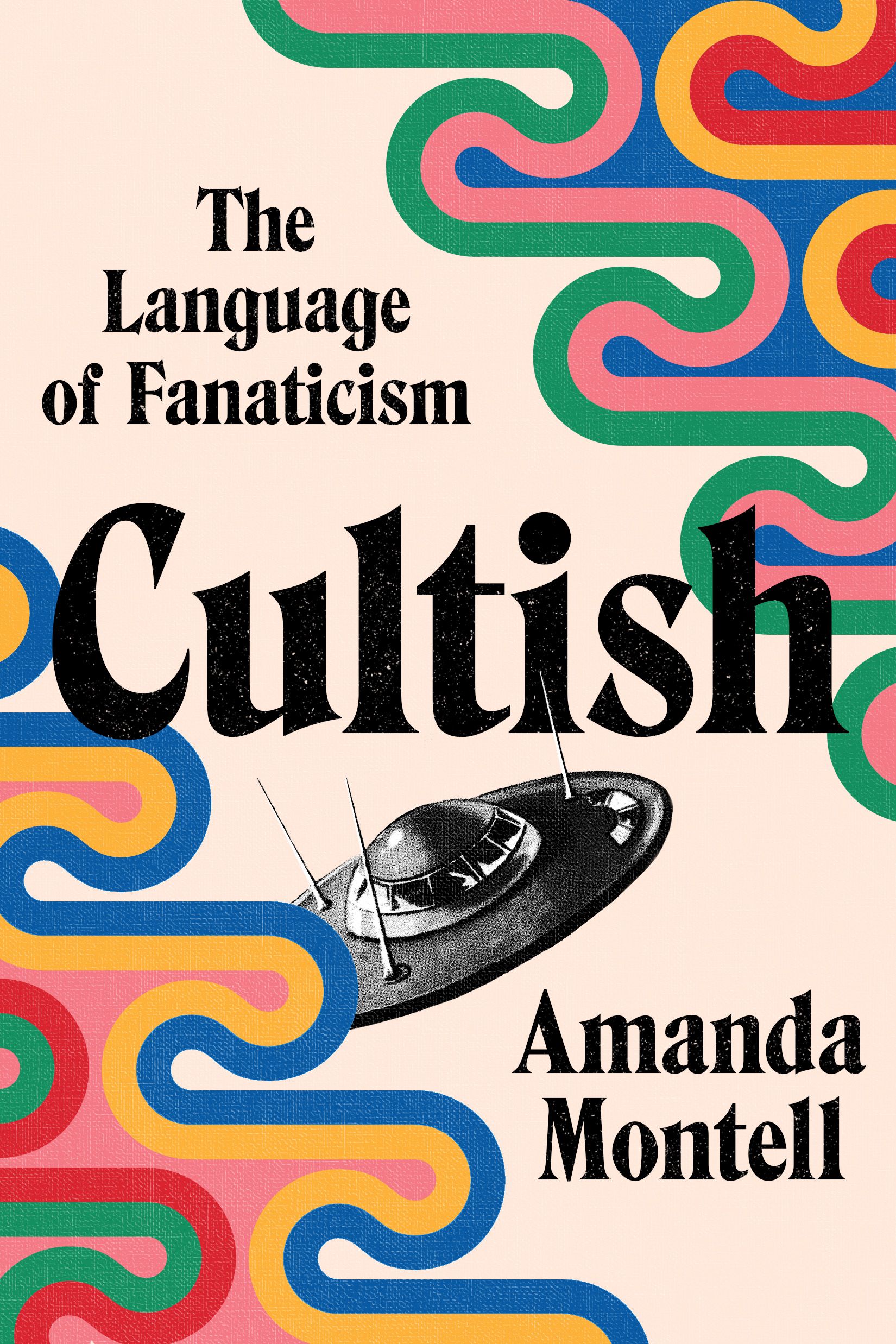Article
Cultish: Techniques of Manipulation
Author(s):
What cultish language do cult leaders and abusive partners both commonly use?

Q&A
In her book, Cultish: The Language of Fanaticism, Amanda Montell discusses some of her surprising discoveries on the ways in which language can manipulate. Howard Forman, MD, sat down to discuss this with her.
Howard Forman, MD: What do you want psychiatrists to know about the phenomenon, “cultish”?
Amanda Montell: The main takeaway is that this sort of cultish language shows up in places you might not think of as cults. Remote Jonestownian communes are not the only environments in which one would find cultish influence. We take language for granted—it can work invisibly and powerfully to discourage independent thinking and can often discourage questioning in order to encourage conformity. One of the most humbling discoveries that I made in my research for the book was how similar the techniques of manipulation are between cult leaders and abusive partners. A toxic relationship is, in a lot of ways, a cult of 1.
HF: Can you please expand on the “cult of 1” to describe an abusive partner?
Amanda Montell

AM: An abusive partner, like a cult leader, will coerce people into doing things that they might not otherwise. The abuser can obscure truths to gain and maintain power. A charismatic cult leader does the same. The language we use to describe the techniques is different, but the substance is the same. Love-bombing, gaslighting, “us versus them,” and thought-terminating cliches prolong these toxic bonds.
HF: What are some clues we can listen for in our patients’ descriptions to know if they are possibly under the influence of seemingly good, but ultimately destructive influences?
AM: Social media is an important entryway to influences you may hope your patients can avoid. In 2011, sociologists coined the term, conspirituality. Conspirituality is a portmanteau of conspiracy and spirituality. You increasingly see conspiritualityin online movements that combine 2 core principles: conspiratorial thinking and new age spirituality. These movements combine ideas that there are dark underlying forces that are secretly controlling society, and simultaneously that we are on the brink of a spiritual awakening or paradigm. Conspiracy theorists are no longer these MAGA-type dudes living in their parents’ basements thinking about Flat Earth; they appear to be neighborhood moms who were introduced to this ideology in their yoga studios. Alternatively, there are people who appear to have discovered useful holistic health remedies and shared them on YouTube in their first video, but then descend a rabbit hole into conspiracy theories in later posts.
HF: What emerging online movements do you believe portend the most harm?
AM: The exploitation of people’s mental health on social media is a very pressing threat. “What do you think is one of the most pressing cultish-cult leader type of threats that you see coming up more and more in the near future?” is a question I receive a lot. My answer is always the same: mental health influencers. Obviously, mental health care is wildly inaccessible to a lot of people. There is still a stigma. There are still all these barriers to people accessing mental health care, which everybody should have access to. But just following someone on Instagram is really easy. It is private. You are going to be hearing messages that you make you feel understood. You may be a vulnerable person, and here is this maternal figure telling you, “you do not need psychiatry, you do not need a therapist, all you need is me.”
Dr Forman is an attending psychiatrist at Montefiore Medical Center. He is the Book Review editor at Psychiatric TimesTM.





